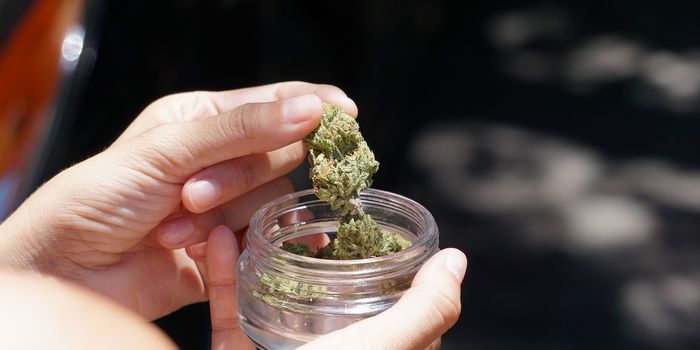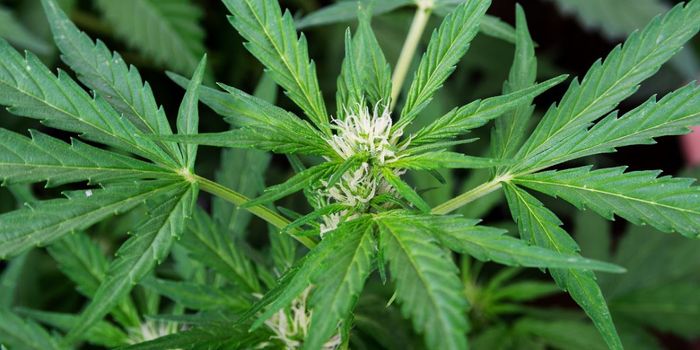An Immune Molecule Helps Create 'Good' Fat
Not all fat is ‘bad’—there’s white fat that builds up when excess calories are consumed. But, there’s also brown fat, a type of adipose tissue that helps you stay warm in cold temperatures. Newborns are born with brown fat behind their shoulder blades, which acts as an internal heater. This fat is gradually lost as they get older.
In between these two classes of fat tissue is so-called beige fat: tissue rich in mitochondria, energy-generating organelles that use fat, sugar, and oxygen to create heat.
Scientists have identified a chemical signal generated by the immune system that revs up the production of beige fat, making it a promising therapeutic target against obesity and metabolic conditions.
Over 42 percent of Americans are obese, a disease that costs the United States an estimated $147 billion annually. Obesity is linked to heart disease, stroke, type 2 diabetes, and cancer, forming some of the top causes of preventable, premature death.
In their study, the researchers used a rodent experimental model to demonstrate how elevated levels of a cytokine known as interleukin-25 (IL-25) could boost beige fat levels. The immune molecule mimicked the effects of cold exposure and hormones known to trigger beige fat production.
IL-25 was found to convert white fat to beige fat by activating immune cells called macrophages. In turn, these cells stimulate neurons in the fat tissue that drive an increase in norepinephrine, a neurotransmitter known to encourage the development of beige fat.
In the study, the researchers also demonstrate the therapeutic potential of IL-25 for treating obesity. A cohort of mice on a high-fat diet was given IL-25 treatments with stunning effects: the cytokine stopped the animals from becoming obese. It also reduced their risk of developing insulin resistance, a common syndrome associated with obesity.
Source: PLOS Biology









